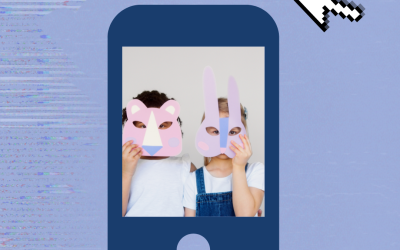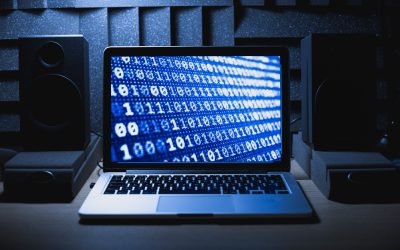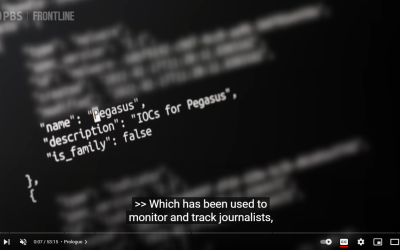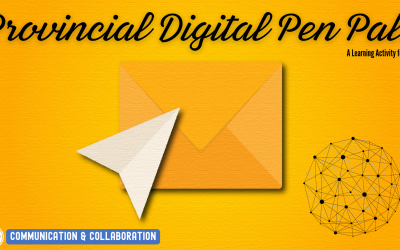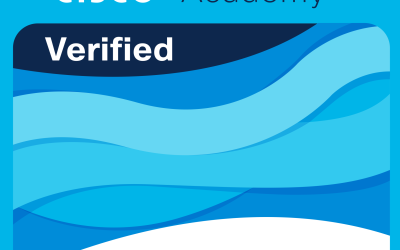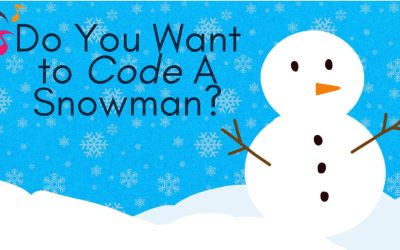Overview
In this activity, learners will be challenged to solve missions in wizard-like style! Through a series of hands-on activities, learners will gain a better understanding of coding vocabulary and concepts that can then be transferred to digitally coded creations.
NB Curricular Connections
English Language Arts
- Strand: Interactions – Big Idea: Exchanges – Skill Descriptor: Ask and respond to questions to clarify information, explore possibilities, and identify solutions to a problem.
- Strand: Reading – Big Idea: Reading Comprehension – Skill Descriptor: Connect and respond personally and critically to text.
Personal Wellness
- Strand: Career Connected Learning – Big Idea: Experiencing Potential Career Pathways – Skill Descriptor: Engage in frequent and ongoing career connected experiential learning to learn about preferred career pathways and develop personal competencies.
What You’ll Need
- Book – If I Were a Wizard (by: Paul C Hamilton)
- Mission Cards (3-5 If I Were A Wizard – Coding Mission Possible)
- 1 Envelope for each set of mission cards
- Marker
- Chart Paper/Whiteboard
- Mission Bag (brown paper bag – 1 per small group with the following items inside: Four ½ pieces of white paper, 1 paperclip, 1 pencil, 1 piece of loose leaf, 5 blank stickers/labels, 1 marker, 1 crayon – slightly broken)
Instructions
- WORD DEFINITIONS: Gather together. Using chart paper, write out the following words (pictured here) and have learners share what they believe the words to mean (whether correct or not) to determine what learners already know. *There will be time to return to this chart and adjust meanings based on new knowledge. *
Word Definitions: – Loop – Conditional
– Sequence – Function
– Algorithm – Debugging
– Variable – Pattern
- WIZARD-WONDERFUL MISSIONS: Explain that all learners will be working in small groups to complete 8 missions. Feel free to go over any concepts before beginning the mission time (examples: cardinal directions, patterns, sorting, review of hallway etiquette, etc.). Divide the class into small groups of 3-5 learners. Using the printable mission cards below, pass each group their mission envelope and their mission bag, which includes all needed materials to complete their tasks. Explain that students will begin with Mission #1 and must complete it before moving on to #2, etc. Set the timer for 20 minutes, and as a whole group, countdown from “3, 2, 1, GO!” (While groups work, play Mission Impossible music to set the atmosphere: https://www.youtube.com/watch?v=ViYlCt9S1Y4. Once time is over, gather groups together to discuss how many missions they were able to complete. Encourage students to discuss challenges and successes. Have any groups willing to share their DANCE from Mission #6, as well. Discuss: “What did these missions have in common?”
- READ ALOUD – If I Were a Wizard: Before reading, ask: Discuss: “What is a wizard? What do they do? What famous wizards do you know of? If you could be magical, what would you do?” Read the story until page 22. After reading, ask learners if their previous missions reminded them of similar situations in the story. Have them match them up. Then, return to the chart from earlier. Can learners begin to match up their missions with the vocabulary? Have learners return to their small groups and on the back of the mission cards, write the vocabulary word that best describes the actions. Read through pages 23-27 together, and have groups see how they did. Adjust the definitions on the chart paper, as well.
Answer Key:
Mission #1 – Loop, Mission #2 – Sequence, Mission #3 – Algorithm, Mission #4 – Variable, Mission #5 – Conditional, Mission #6 – Function, Mission #7 – Debugging, Mission #8 – Pattern
- NEXT STEPS: Have students reflect on the missions and their teamwork by asking them to think and respond to the following questions: “Were there any words that you have learned for the first time today? Did the missions feel like we using coding concepts? How did the activity today help you grow in your knowledge of coding?”
Extension Ideas
– Discuss: “Did you know that real wizards do exist? Doing what we just did today? They are not called wizards – but computer programmers.” Discuss with learners how these wizards must write and give specific algorithms, or instructions, for computers to do what we want them to do. Discuss how AI (Artificial Intelligence) may affect computer programming in the future. Is AI more intelligent than humans? [No.]
– Using a class set of laptops or iPads, give learners an opportunity to put into practice all that they learned today by writing their own code. [Possible sites: code.org or Scratch.]
Digital Literacy Framework
 Computational Thinking: Learners break down problems into individual components, create abstract and relevant representations, look for patterns, and develop algorithms to better understand, manage, and solve complex problems in a variety of educational contexts, as well as everyday life.
Computational Thinking: Learners break down problems into individual components, create abstract and relevant representations, look for patterns, and develop algorithms to better understand, manage, and solve complex problems in a variety of educational contexts, as well as everyday life.
Reflection Activity
Please see the attached PDF for several choices on how you and your learners can reflect upon today’s activity.
Acknowledgements
- Youtube – Mission Impossible Theme Song 30 Min Long: https://www.youtube.com/watch?v=ViYlCt9S1Y4, 30 Minutes of Music, 2021.

